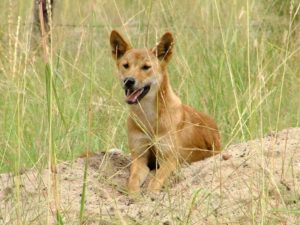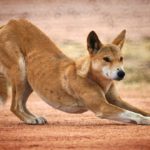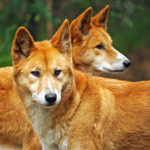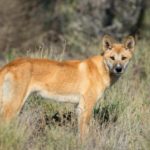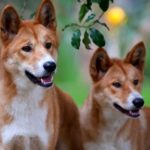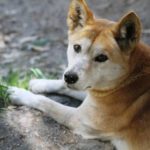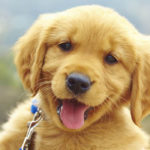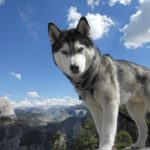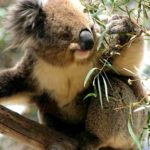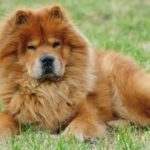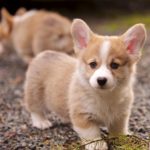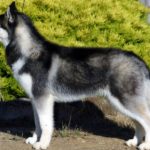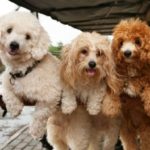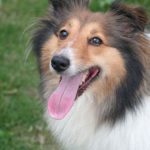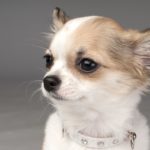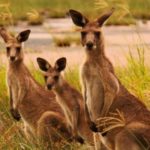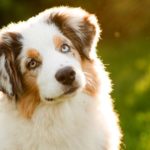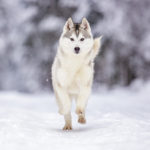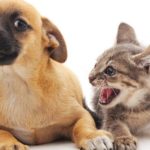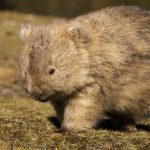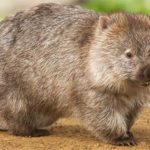Facts about dingoes
 Dogs are born to obey a person, dingo can obey, and can and do everything in their own way, regardless of anyone. Dogs, even if they are not born at home, need to communicate with a person to grow fit for life. A wild dingo dog is born and lives completely independently of a person.
Dogs are born to obey a person, dingo can obey, and can and do everything in their own way, regardless of anyone. Dogs, even if they are not born at home, need to communicate with a person to grow fit for life. A wild dingo dog is born and lives completely independently of a person.- Dingo has extraordinary flexibility, which surpasses the norm of ordinary dogs.
- Dingo’s behavior is more like a cat.
- Metabolism in dingo can be attributed to the Stone Age, they are not able to digest home products, for example, fats and starch, which are easily digested in dogs. According to the latest scientific data, domestic dogs have about 30 genes responsible for digesting such food, and dingoes have only one gene.
- The Australian dingo research center in the diet of dingo uses fresh raw chicken, neck and back, with a large amount of ready commercial feed that helps keep these animals in good shape.
- They also get good raw chewing bones and have a constant opportunity to eat grass during walks. Sometimes they get fresh kangaroo meat or freshly harvested meat, an extra snack in the form of cicadas, lizards and all that they can meet on the way.
- In the wild, dingoes prefer to feed on possums, hares, small valabis, snakes, lizards, and also not want to hunt wild boars, goats, foxes and cats.
- Published studies show that about 20% of the contents of dingo stomachs are from artificially grown farm meat.
- Dingo is a true carnivore, they eat some berries and grass when they need vitamins. From domestic dogs wild Australian dingoes also differ in the structure of the skeleton, skull and thorax. Their endocrine system also differs from the endocrine system of ordinary dogs.
- The chest dingo in proportion to the head already, than in dogs. If the dingo was able to thrust her head into a slot, some narrow hole, she would easily squeeze through it all, entirely.
